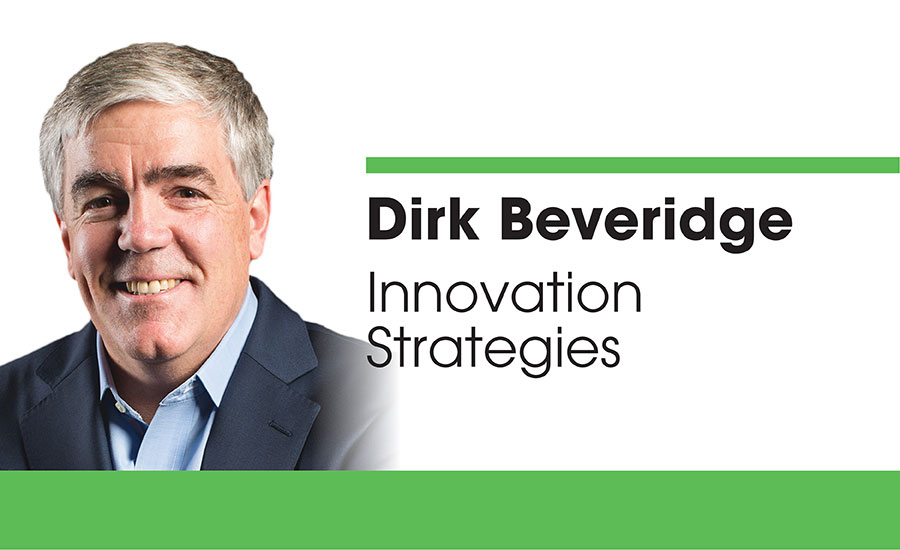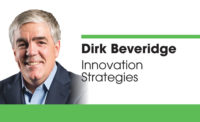Break the sameness trap

As a leader in your organization, it’s your responsibility to break the sameness trap.
You can break the sameness trap if you commit yourself to making the effort. The organizations that manage to continually find relevancy, sustainability and profitability don’t let good times camouflage poor performance. They don’t compete on price or product. They don’t focus on the competition or allow legacy thinking to hold them back. Instead, they focus on innovating and thinking about their next iteration of value.
To help you break the sameness trap in your organization, I want to focus on four criteria, the first of which we will tackle here. Part 2 will be in the August issue.
Be bold
If you’re going to break the sameness trap, you must be bold. In other words, you have to stand for something.
Think about the question, “What makes you different?” Standing for something is a surefire way of differentiating an organization and making it special. Standing for something means you believe in something so strongly that you’re not afraid to put your beliefs out for all the world to see, regardless of public approval. You’re willing to create a dialogue around it and defend those beliefs. This is a practice shared by many of the world’s most innovative organizations.
You’ll often see quite a difference between a bold, visionary leader’s behavior and style vs. an average, run-of-the-mill leader by how strongly they truly believe in what they stand for.
As soon as an average leader starts to see prospects and customers driven off, they go into panic mode. They instantly start to backtrack and re-think their stance. Rather than stand by their beliefs, they abandon their stance and fall back into the sameness trap by trying to be all things to all people, which ultimately commoditizes their company.
In the end, you’re going to have to decide what it is you want to declare and what the stance is that you want to take. By defining these things, you have an easy answer when somebody asks “What makes your organization special or unique?”
Be deep
About a year ago Forrester Research released a study that found one million B2B sales representatives were going to lose their jobs to ecommerce by 2020. That means 22% of the 4.5 million B2B outside sales reps in this country are going to lose their jobs; and it will be the sales reps within distributors who are going to be impacted more than any other sector.
Who are the 22% who will be disrupted? I believe it will be those salespeople who don’t know what it means or how to get deep with their customers. And, because of this, they’re the ones most at risk.
In order for you to break the sameness trap in your organization, there are four Ps you need to think about differently than your competitors do.
Product: If you’re going to add value to the marketplace, you need a product or a service. Of course, you need these products to get out there into the marketplace but, at the same time, remember that products do not make you special or unique. They’re merely what gets us into the game.
Process: Focus on your processes because your operational excellence will allow you to begin breaking the sameness trap and set you apart from your competition.
Profit: Over the years I’ve helped AgVentures, an agricultural supplier, re-think its value proposition, its go-to-market strategy and innovate its “specialness” in its business model, which took root as the company’s Maximum Profit System.
When AgVentures sits down with a customer who asks what makes them special, they have an immediate answer. They can respond, “It’s our Maximum Profit System. Let me walk you through how we work together with customers like yourself to ensure we drive enhanced profitability on your farm.”
People: Usually there’s a lot of attention devoted to product, processes and profit, but the subject of people rarely is discussed. If you want to break the sameness trap and answer the questions about what makes your company special, you need to have a story that shows you’re deeper than your competition due to the combination of your product, process, profit and what you do for people.
Next time: Being disruptive and being good.
Looking for a reprint of this article?
From high-res PDFs to custom plaques, order your copy today!







